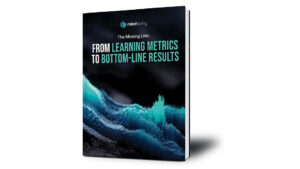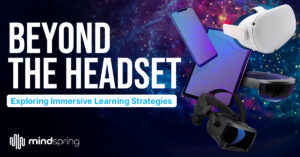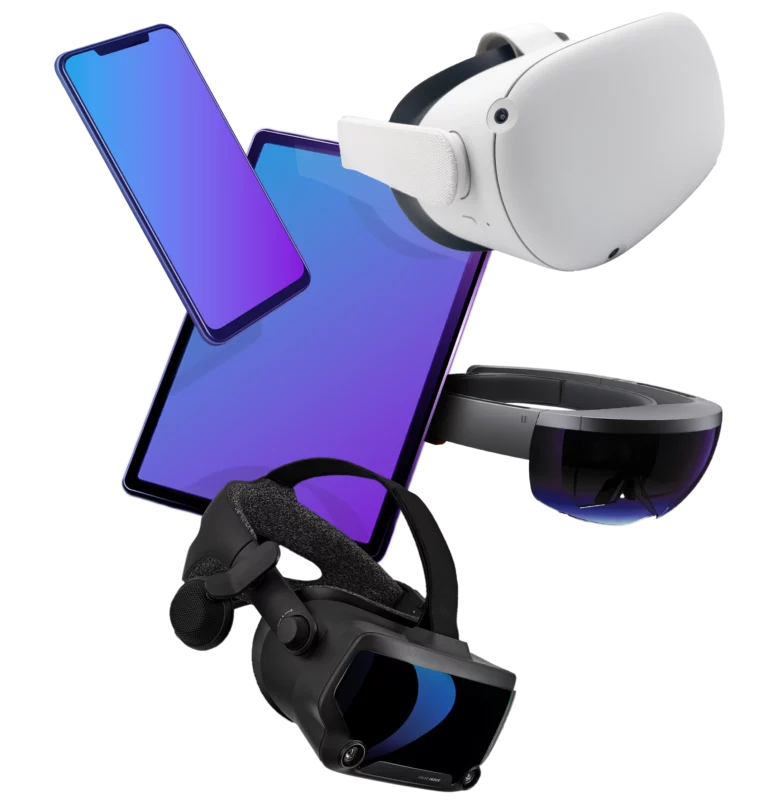
At MindSpring, we are constantly looking for new and innovative ways to create engaging and transformative digital content. One area of focus for us is Extended Reality (XR), which encompasses a range of technologies that can be used to create immersive experiences. From Augmented Reality (AR) to Virtual Reality (VR), each type of XR offers unique possibilities for entertainment, education, training, and more.
We understand it can be a little overwhelming, so let’s explore the different types of XR, the devices they use, and the best applications for each one. By understanding the strengths of each type of XR, you can choose the best technology for your needs and create truly immersive experiences. Whether you’re interested in creating interactive product demonstrations, training simulations, or something else entirely, XR offers endless possibilities for creativity and innovation.
Extended Reality (XR) refers to a range of technologies that combine physical and digital environments to create immersive experiences. These experiences can be used for a variety of purposes, from entertainment to education to training. We focus on two main types of XR: Augmented Reality (AR) and Virtual Reality (VR). Each type of XR uses different devices and is best suited for different applications.
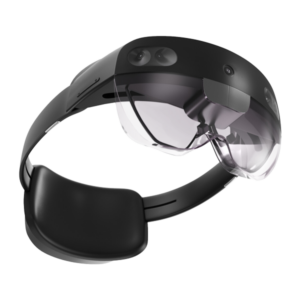
Augmented Reality (AR)
Augmented Reality (AR) is a type of XR that overlays digital content onto the real world. AR technology uses a device’s camera to capture the real world and then adds digital elements to it. This can be done through a smartphone or tablet, with the device’s camera acting as the lens through which the AR content is viewed. AR can also be used with specialized headsets, such as the Microsoft HoloLens or MagicLeap.
AR is best used when you want to enhance the real world with digital elements. For example, AR can be used to create interactive product demonstrations or to add digital models into physical locations using your mobile device. AR can also be used for training and education, allowing learners to see digital overlays, like step-by-step instructions, on top of physical objects.
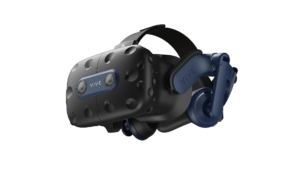
Virtual Reality (VR)
Virtual Reality (VR) is a type of XR that creates a fully immersive digital environment. VR technology uses a headset to display digital content to the user, blocking out the real world. VR can be used with a variety of devices, from smartphone-powered headsets like the Google Cardboard to high-end gaming headsets like the Oculus Rift or HTC Vive.
VR is best used when you want to create a completely immersive experience. This can be for entertainment purposes, such as creating a virtual world for gaming or allowing users to explore a 360-degree video. VR can also be used for training and education, allowing learners to experience realistic simulations of real-world scenarios, without having to be on location.
Extended Reality offers a range of immersive experiences that can be used for a variety of purposes. Augmented Reality overlays digital content onto the real world and Virtual Reality creates a fully immersive digital environment. Each type of XR uses different devices and is best suited for different applications. By understanding the strengths of each type of XR, you can choose the best technology for your needs and create truly immersive experiences.
At MindSpring, we believe that XR has the power to transform the way we learn, work, and play. By harnessing the latest technologies and combining them with our expertise in eLearning, gamification, blended learning, video, animation, and application development, we can create truly immersive experiences that engage and inspire.
If you’re interested in exploring XR further and seeing how it can be applied to your business or organization, we encourage you to get in touch with us. Our team of experts is always ready to help you leverage the latest technologies to create digital experiences that make a difference

